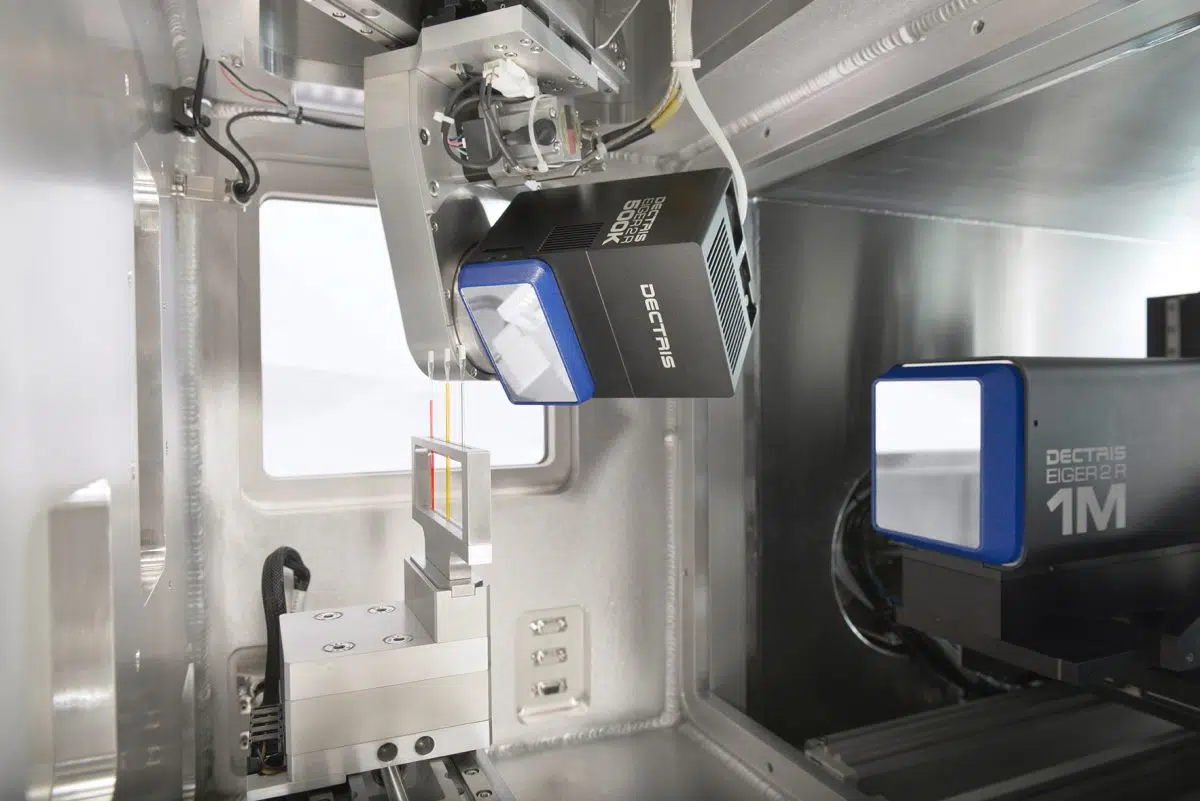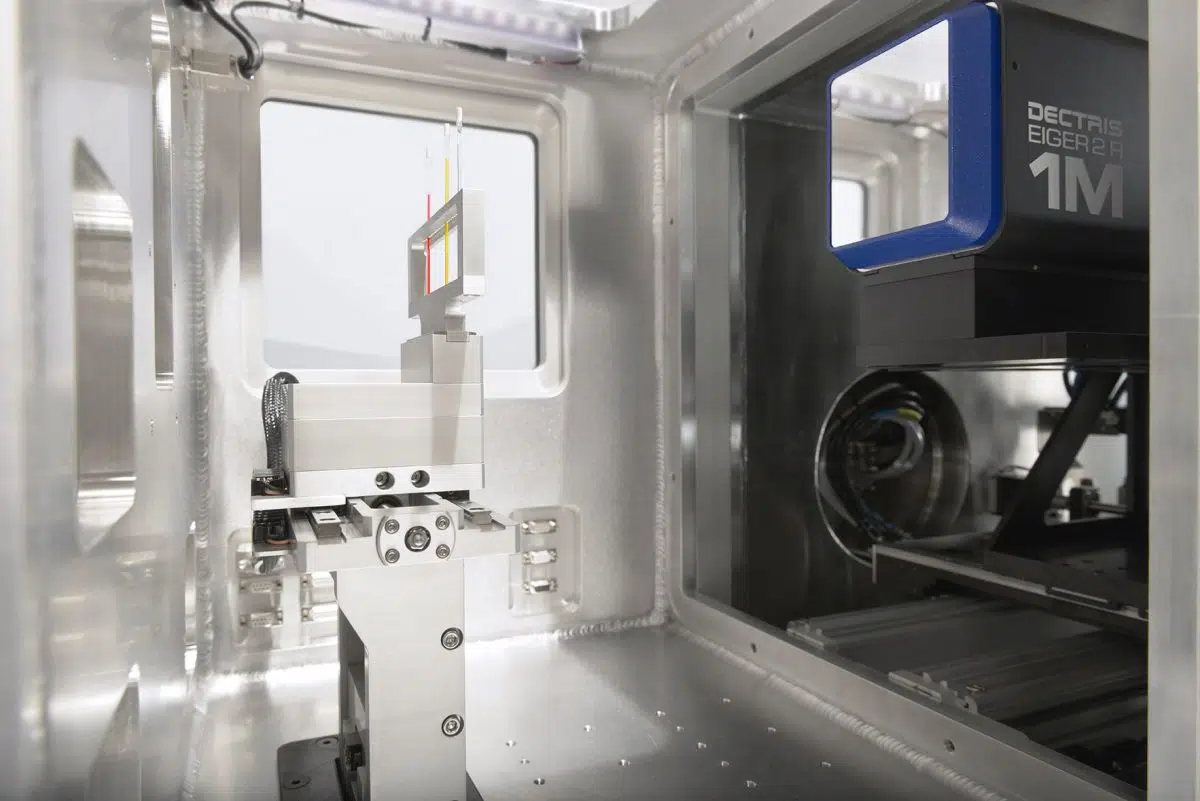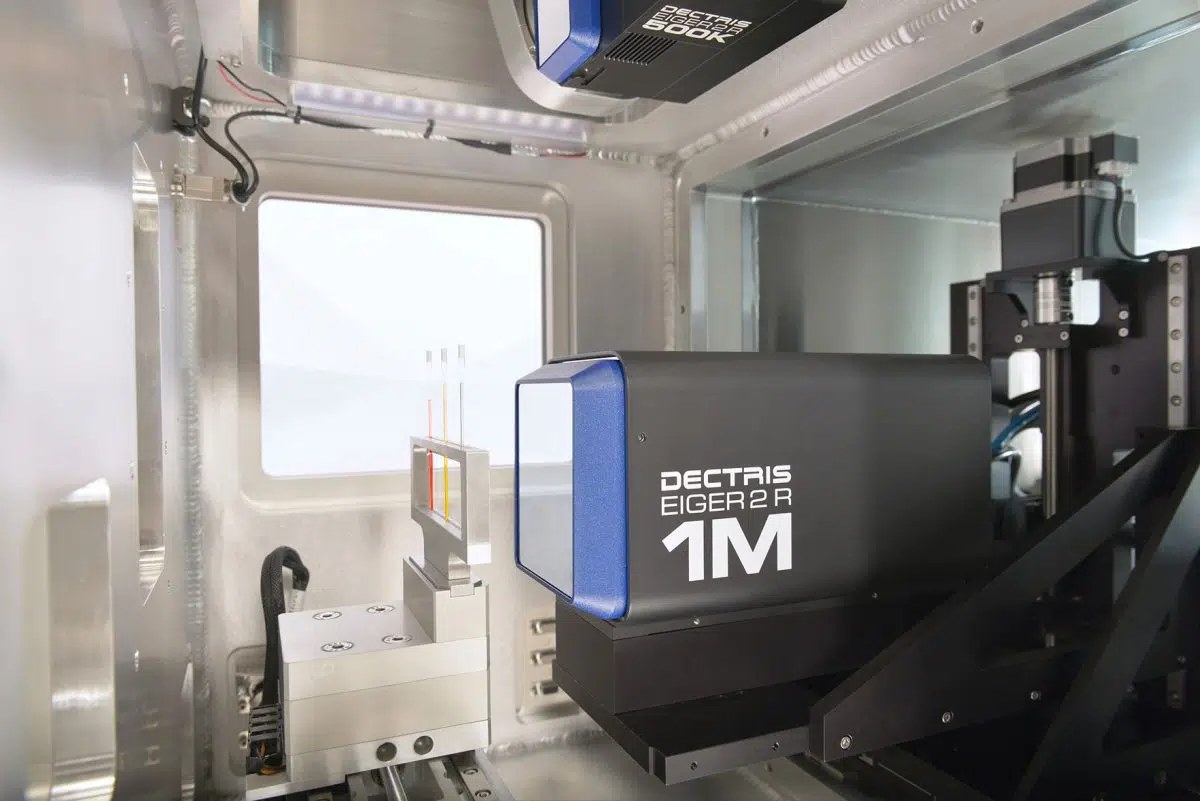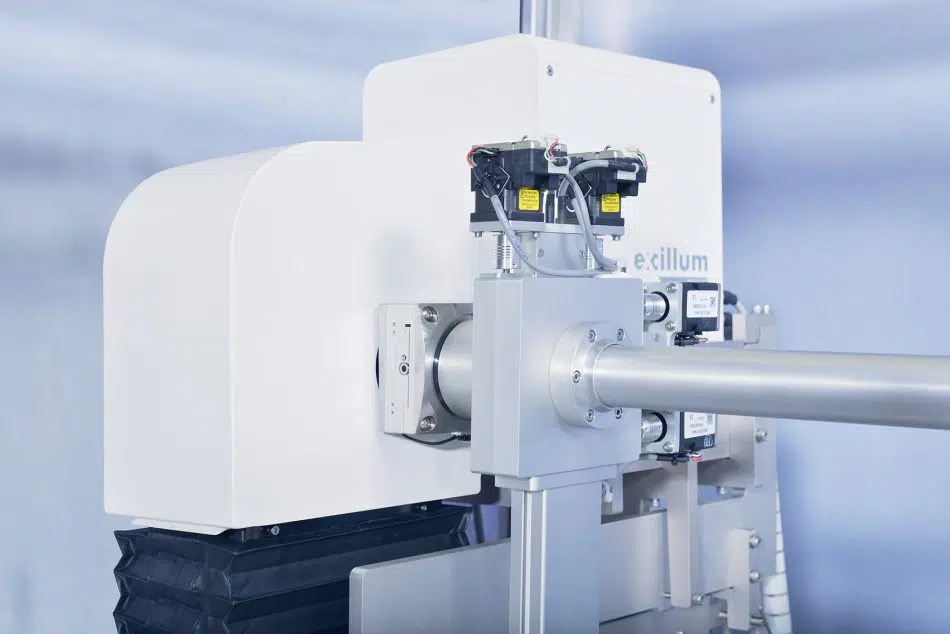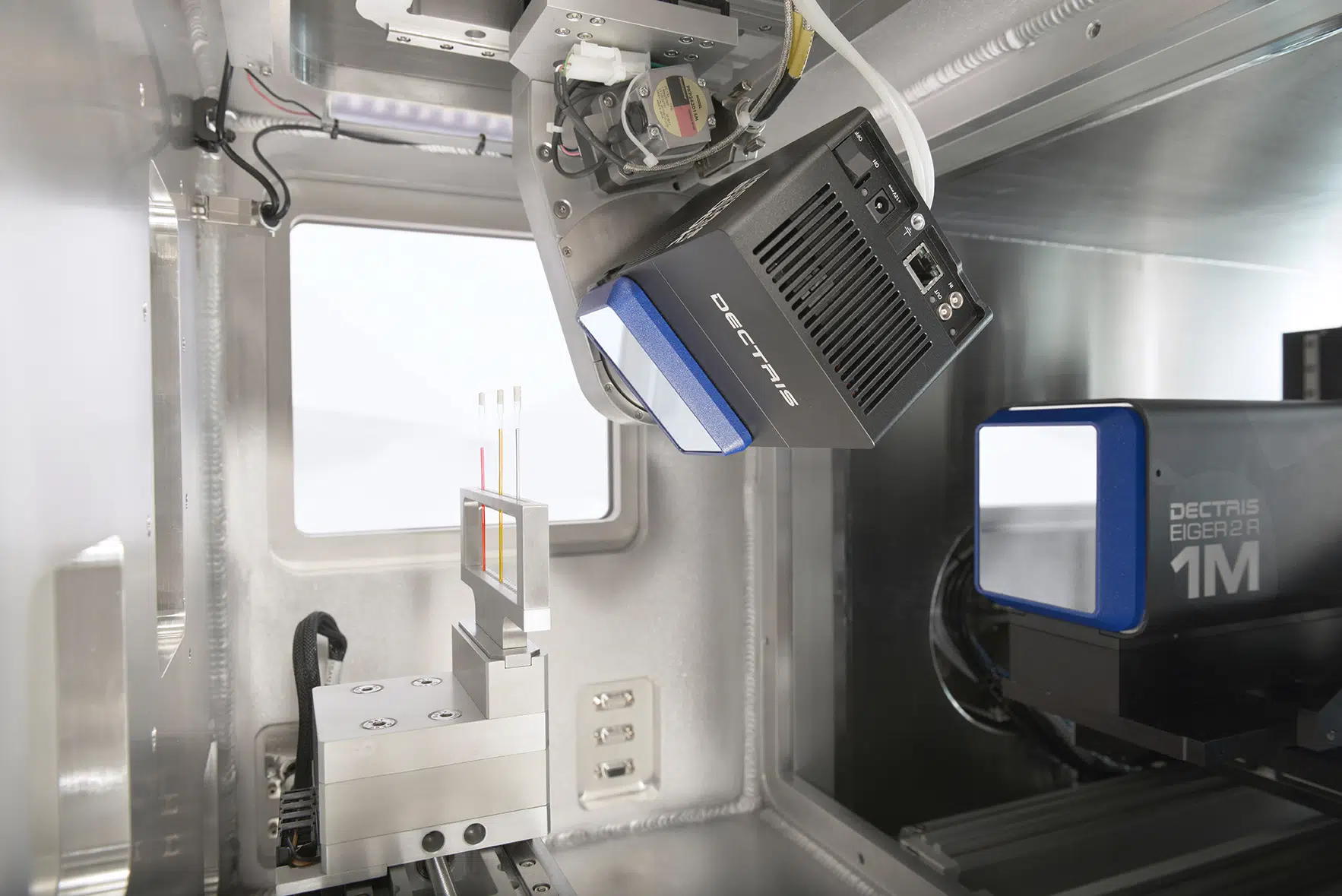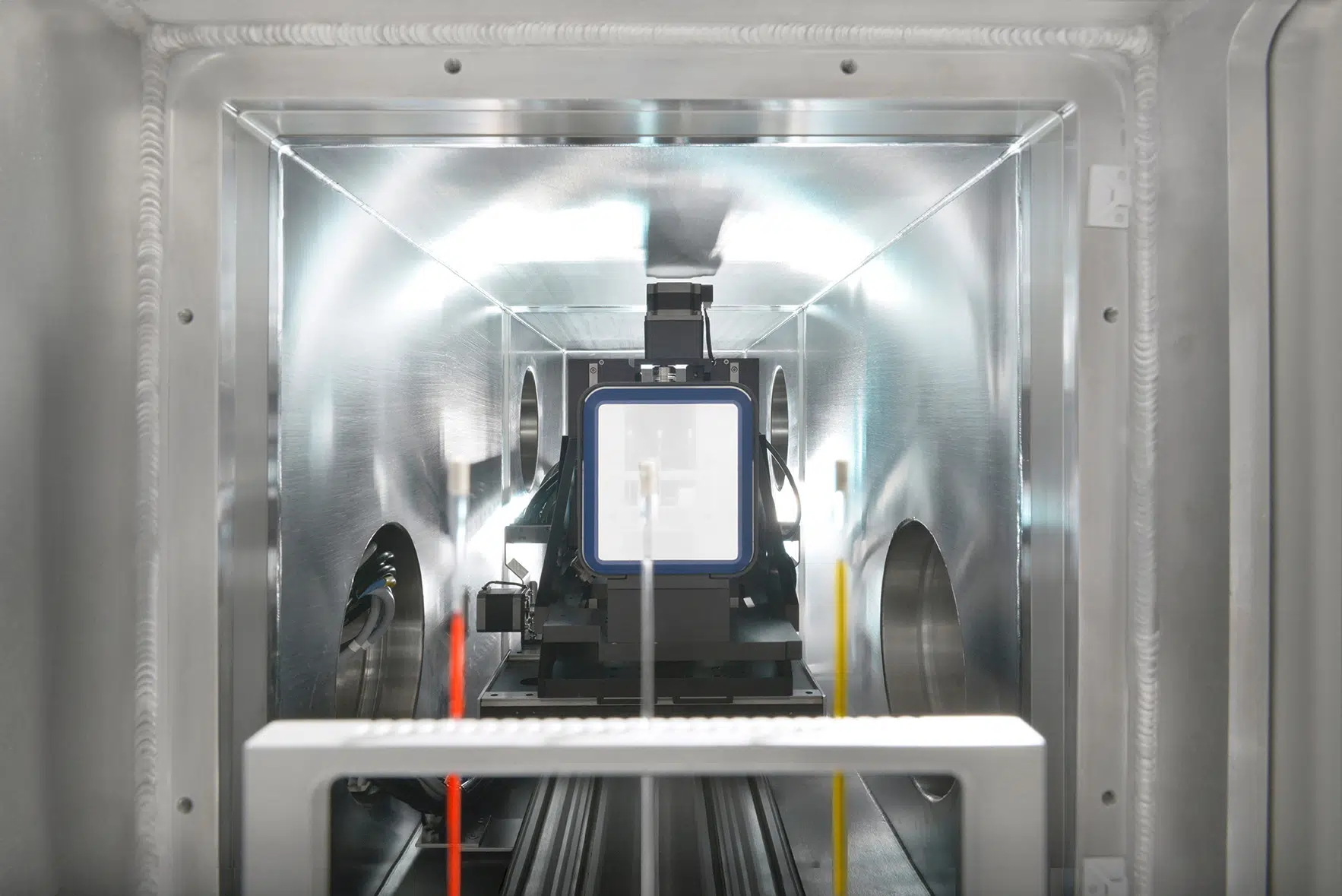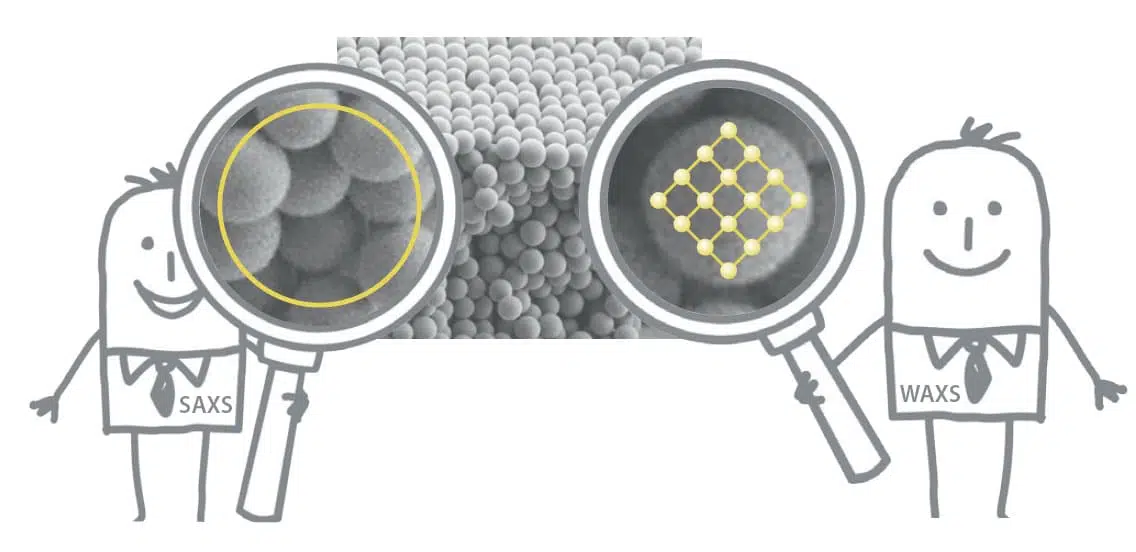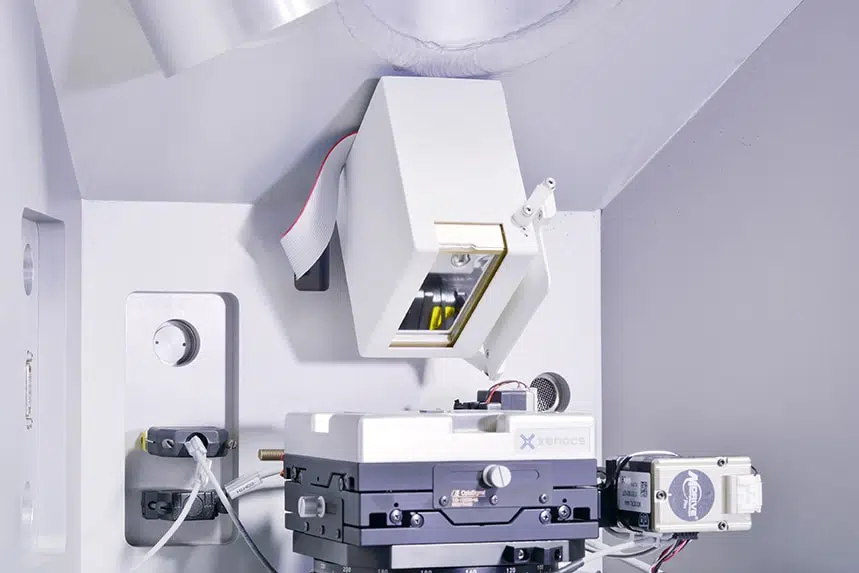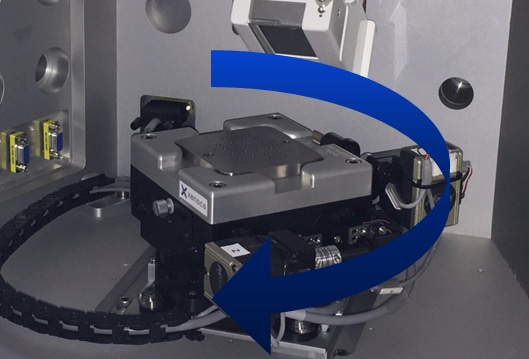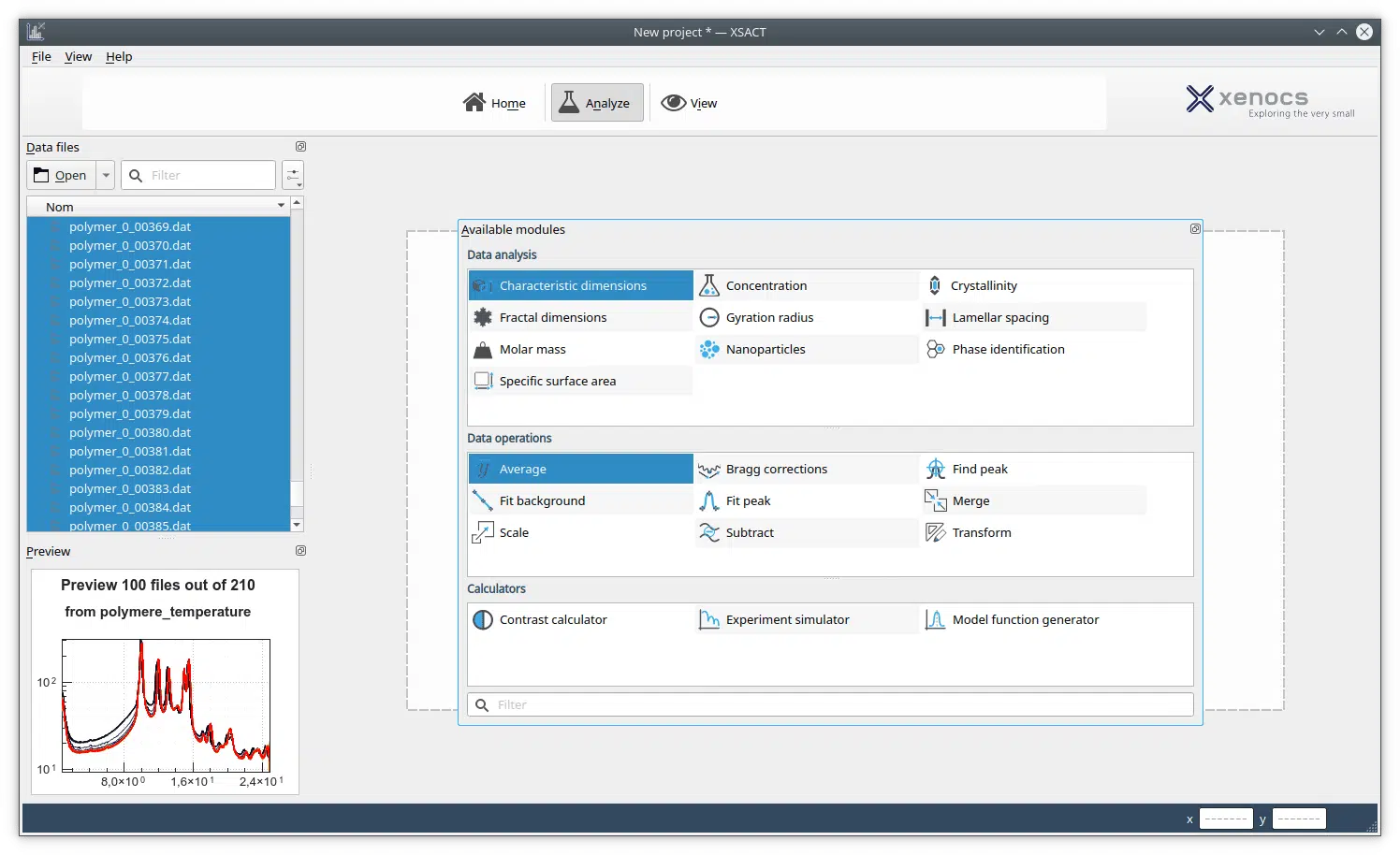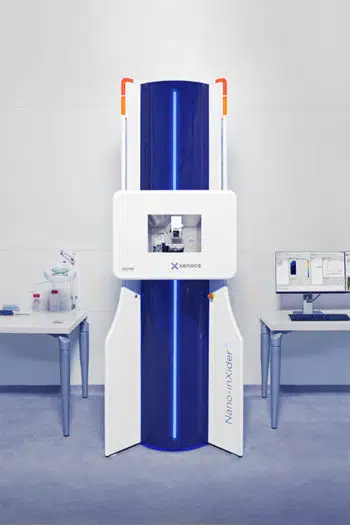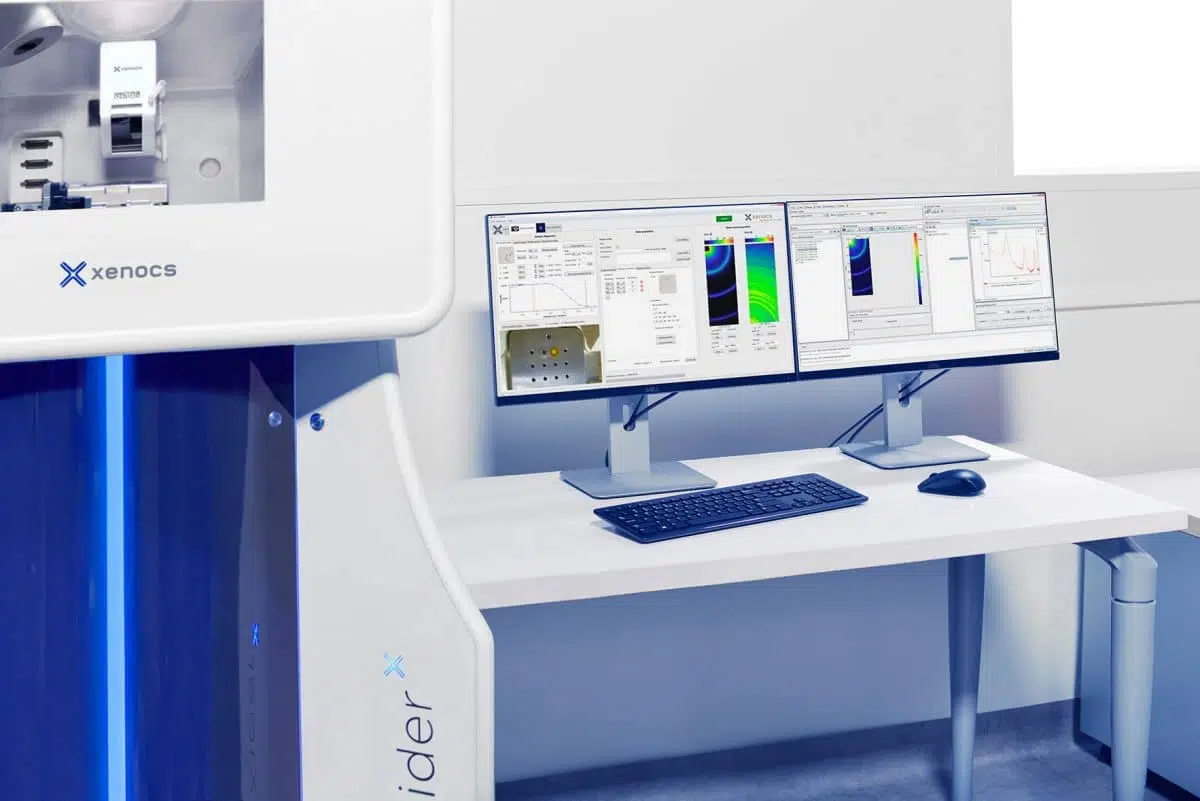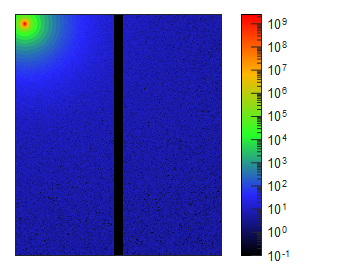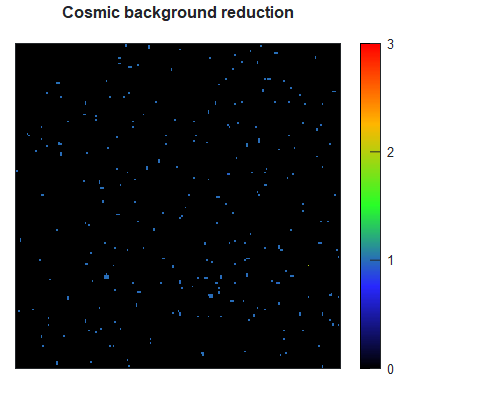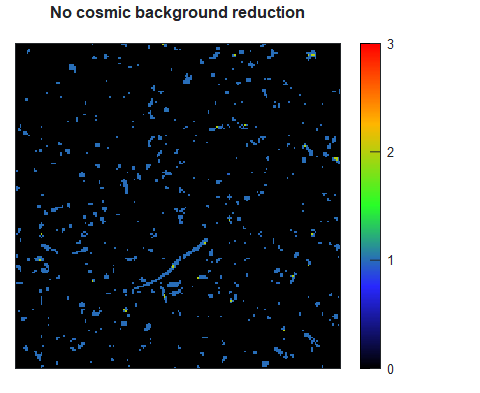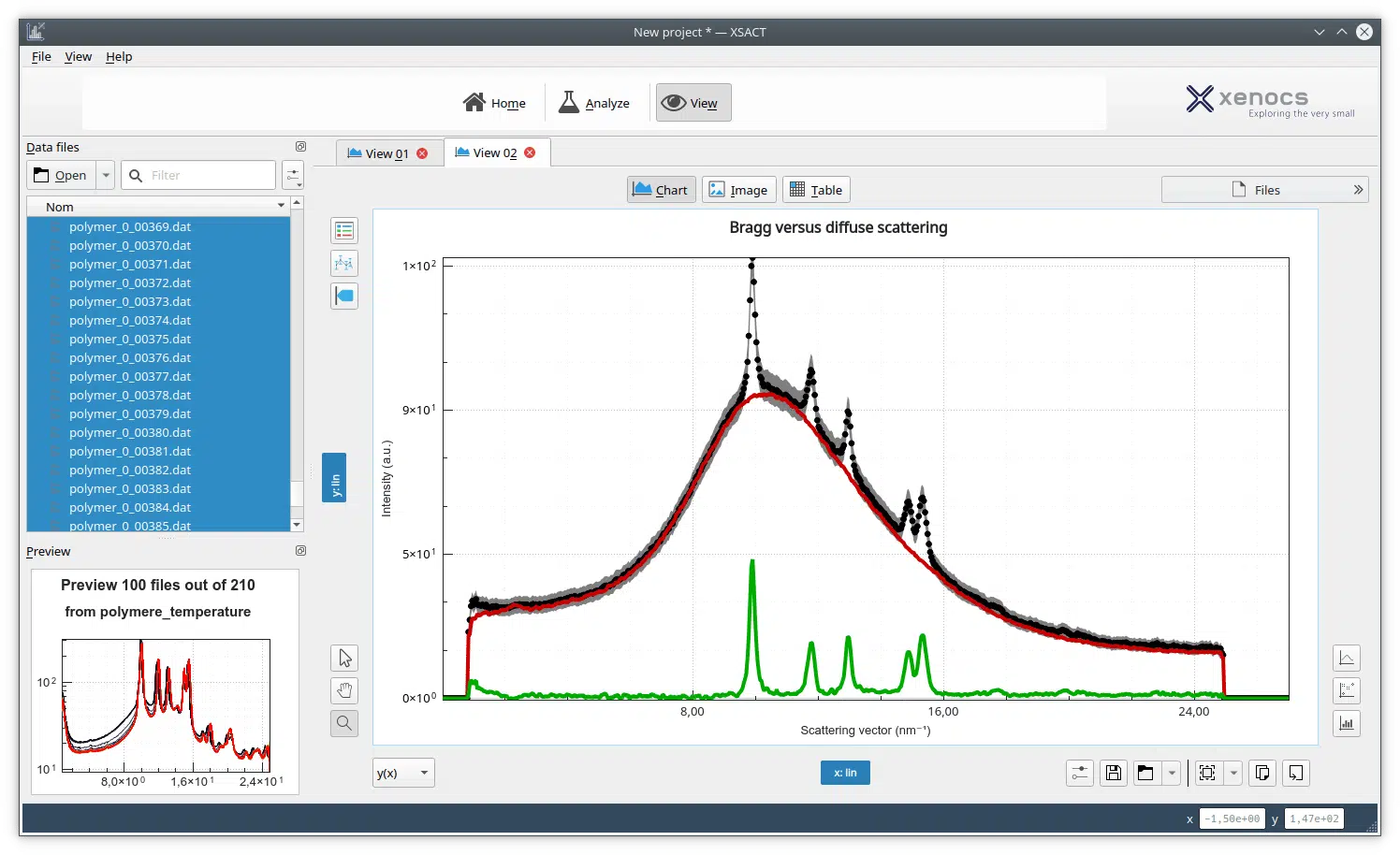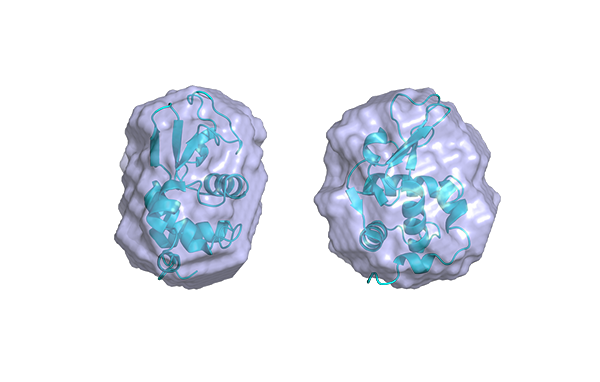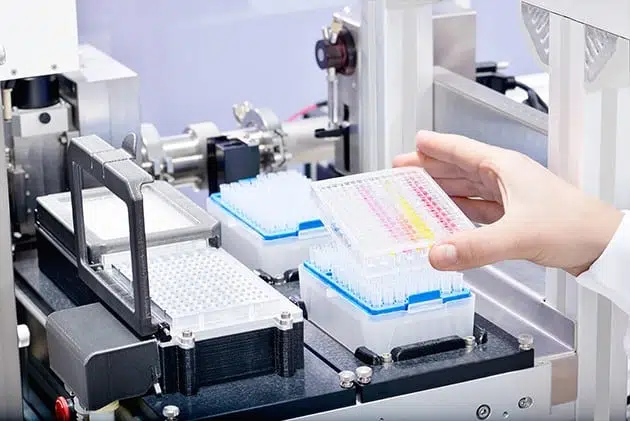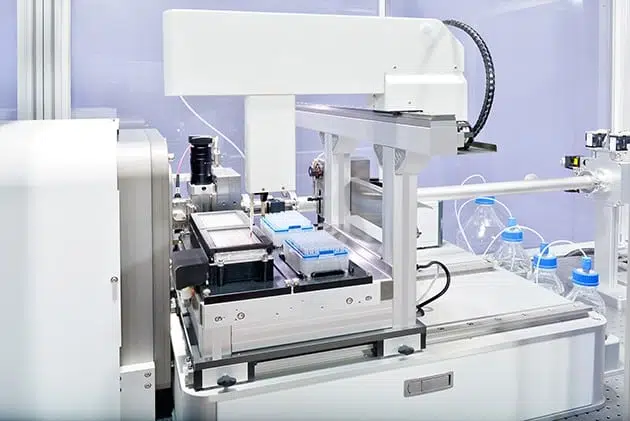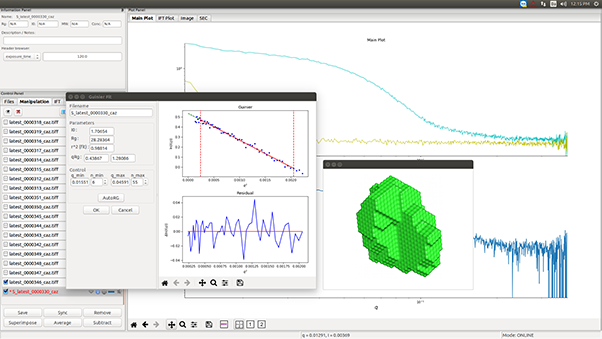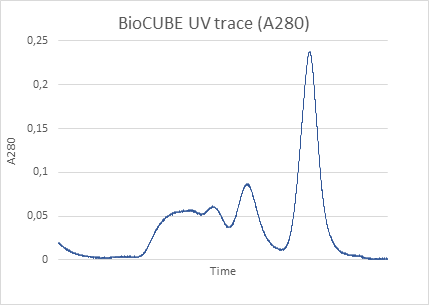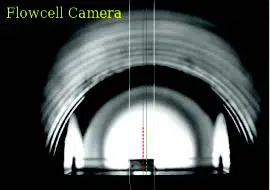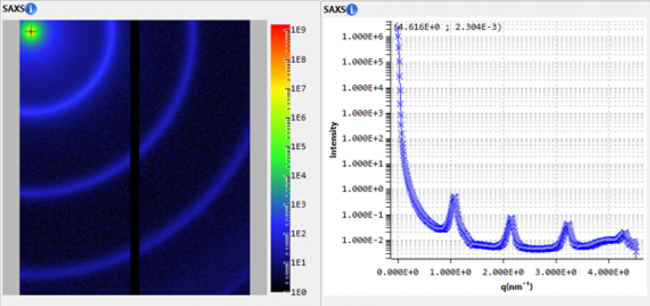Allegretto, Juan A.; Giussi, Juan M.; Moya, Sergio E.; Azzaroni, Omar; Rafti, Matias
Synthesis and characterization of thermoresponsive ZIF-8@PNIPAm-co-MAA microgel composites with enhanced performance as an adsorption/release platform
Composite materials featuring a synergic combination of interesting properties such as stimuli responsiveness and tailored porosity are highly appealing due to their multiple possible applications. We hereby present an example which brings together such features by using poly(N-isopropyl-acrylamide)-derived thermo-responsive microgels and Zn-based Metal Organic Framework (MOF) ZIF-8, capable of
Unraveling the Role of Alkali Cations in the Growth Mechanism of Gd2O2S Nanoparticles
Larquet, Clément; Carriere, David; Nguyen, Anh-Minh; Le, Thi Kim-Chi; Frogneux-Plé, Xavier; Génois, Isabelle; Le Griel, Patrick; Gauzzi, Andrea; Sanchez, Clément; Carenco, Sophie
Alkali cations are required for the colloidal synthesis of Ln2O2S nanoplates in organic solvent. Based on a thorough experimental analysis using various lanthanides and three alkali ions, we challenge the commonly accepted scenario of partial lanthanide substitution by the alkali, which is supposed to favor the sulfide insertion over the…
Emergence of lead halide perovskite colloidal dispersions through aggregation and fragmentation: insights from the nanoscale to the mesoscale
Pratap, Shambhavi; Keller, Elisabeth; Müller-Buschbaum, Peter
The structural and optoelectronic properties of mixed halide perovskite colloidal precursor dispersions are investigated. With increasing concentration, we observe four stages of growing structures, which affect the thin film morphology: (I) nanoparticles, (II) increasing size of nanoparticles, (III) formation of large aggregates/complex clusters and (IV) fragmentation of large
Synthesis, Modular Composition, and Electrochemical Properties of Lamellar Iron Sulfides
Horwitz, Noah E.; Shevchenko, Elena V.; Park, Jehee; Lee, Eungje; Xie, Jiaze; Filatov, Alexander S.; Anderson, John
Transition metal chalcogenides with layered structures have emerged as promising materials for energy storage, catalysis, and electronics, among other areas. We have identified a new layered phase of iron sulfide containing interlayer solvated cations. We present an optimized synthesis for the Li+-containing material from an Fe(III) xanthate complex. Structure and…
Exploiting In-Situ NMR to Monitor the Formation of a Metal-Organic Framework
Jones, Corey; Hughes, Colan; Yeung, Hamish; Paul, Alison; Harris, Kenneth D. M.; Easun, Timothy
The formation processes of metal-organic frameworks are increasingly widely researched using in-situ techniques, although there remains a scarcity of NMR studies in the field. In this work, the synthesis of MFM-500(Ni) has been investigated using the Combined Liquid- And Solid-State In?situ Crystallization NMR strategy, which provides information on the time-evolution…
Gold and silver dichroic nanocomposite in the quest for 3D printing the Lycurgus cup
Kool, Lars; Dekker, Floris; Bunschoten, Anton; Smales, Glen J.; Pauw, Brian R.; Velders, Aldrik H.; Saggiomo, Vittorio
The Lycurgus cup is an ancient glass artefact that shows dichroism as it looks green when a white light is reflected on it and a red colouring appears when a white light is transmitted through it. This peculiar dichroic effect is due to silver and gold nanoparticles present in the…
Solidification and melting phase change behavior of eutectic gallium-indium-tin
Koh, Amanda; Hwang, Wonseok; Y. Zavalij, Peter; Chun, Seth; Slipher, Geoffrey; Mrozek, Randy
The room-temperature liquid metal alloy of gallium, indium, and tin (galinstan) has been studied as a deformable conductive element for stretchable electronics and soft robotics. While these applications are predicated on the soft and conformable behavior of galinstan, little work has been done to understand the solidification of the liquid…
TiO2-carbon nanoporous composites prepared via ZnO nanoparticle-templated carbonization of glucose adsorb and photodegrade organic pollutants in water
Barrera, Luis A.; Escobosa, Alma C.; Nevarez, Aileen; Dominguez, Noemi; Bañuelos, Jose L.; Westerhoff, Paul; Noveron, Juan C.
We report the ZnO nanoparticle-templated formation of nanoporous carbon (NTC) embedded with TiO2 nanoparticles for the adsorption and photodegradation of organic pollutants in water. Small-angle X-ray scattering (SAXS) studies indicate that NTC and NTC-TiO2 exhibit two types of porosities with average pore diameters of 2.8 and 11.5?nm, while Brunauer-Emmet-Teller (BET)…
Unprecedented Halide-Ion Binding and Catalytic Activity of Nanoscale Anionic Metal Oxide Clusters
She, Shan; Li, Mu; Li, Qi; Huang, Zehuan; Wei, Yongge; Yin, Panchao
One halide ion (X?) can bind on the surface of nanoscale Anderson-type polyoxometalate (POMs) clusters 3AlMo6O18(OH)3, and form stable complexes in solution with binding constant K=1.53×103. Single-crystal structural analysis showed that this binding behavior occurs through multiple hydrogen bonding between X? and three hydroxy groups on the uncapped side of…
Scalable synthesis of dispersible iron carbide (Fe3C) nanoparticles by nanocasting
Fletcher, D. C.; Hunter, R.; Xia, W.; Smales, G. J.; Pauw, B. R.; Blackburn, E.; Kulak, A.; Xin, Huolin; Schnepp, Z.
Metal carbides have shown great promise in a wide range of applications due to their unique catalytic, electrocatalytic and magnetic properties. However, the scalable production of dispersible metal carbide nanoparticles remains a challenge. Here, we report a simple and scalable route to dispersible iron carbide (Fe3C) nanoparticles. This uses MgO…






